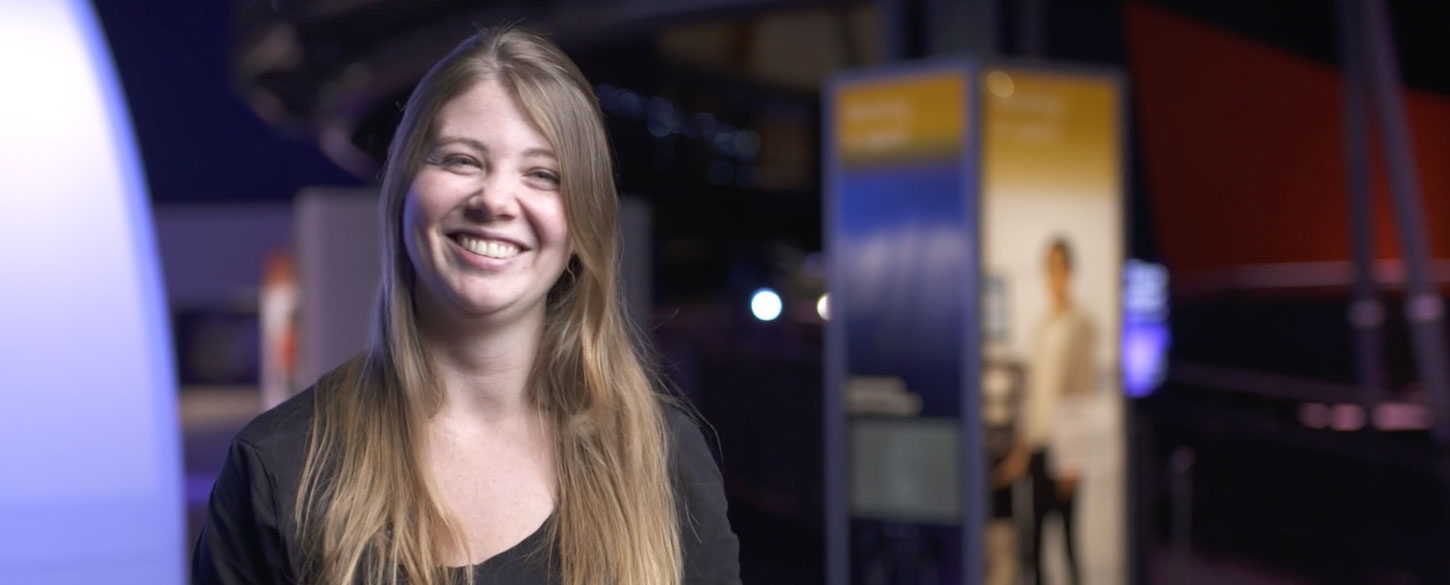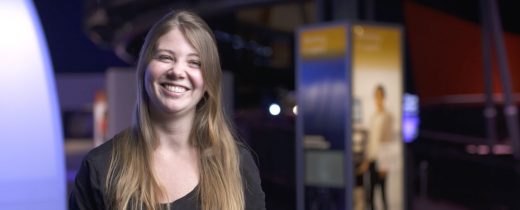The Art of Delivering to Camera
Most directors, senior executives and middle managers, are very used to presenting to live audiences. Many love the interaction of the boardroom, a team meeting, or the excitement of a well-rehearsed auditorium based conference, be that with their own staff and colleagues, or external audiences.

Presenting with the intimacy of a film crew and the equipment required to capture and make professional video content, couldn’t be any more different. Feeling comfortable with lights, camera and mikes can feel so alien, that the best live presenter can struggle massively without support.
The challenge is multiplied when colleagues try to shortcut the process, knowing that the boss is ‘great on his or her feet’, so decide to point a camera, a phone or tablet and expect similar performance. It’s a bit like expecting an experienced skier to instantly snowboard. It’s still moving on snow right? Nope, and it’s almost inevitably the wrong kit, in the hands of the wrong people, creating content which is at best poor and can actually be damaging to both individual and organisational reputations.
Truth is that here at three motion, we spend lots of time supporting and training senior staff, helping them to comfortably transition so that the professional content we shoot (which reaches audiences way bigger than could be physically presented to) makes them look and feel like the star performers, they are used to being in live environments. The most frequent comment we get after shooting folks of any level, with little or no experience in front of a camera is, “you made that much easier than I expected it to be”. That’s reflective of our 1700 film and animation projects since 2007.
We love three’s and there are three key options available, so based on the project, we will advise on the right solution. They are ‘off-camera’, ‘to camera’ (also called ‘through the lens’) and autocue (which is another ‘through the camera’ technique).
So where do The Chuckle Brothers, now sadly the Chuckle Brother, come into this. Well, it’s personal for me, as I am still scarred from seeing them both streak past me in the Great North run a few years ago. I only realised it was them, as hundreds of spectators lining the road to South Shields shouted: “to me, to you, to me”. The key difference in the techniques are eye line, and that’s driven in a great part by the expert positioning of both the camera and the interviewer, by the Creative Director hosting the shoot.
Here are examples of an ‘Off Camera Interview’ (to me), and a ‘To Camera Interview’ (to you) we made. There are lots of reasons these different techniques are chosen, but with professional support and training, we will make anyone we work with into a comfortable and confident on-screen presenter.
Please don’t try to cheat the process unless you want to be just another expert skier heading off to A&E, because you were wrongly told by someone who doesn’t know any better, that snowboarding is sure to be easier because you have half the number of things strapped onto your feet!
In the digital world we all operate in, and with the massive ramp-up in online meetings and events, talk to the experts here at three motion, to learn quickly how to stand out massively against those who haven’t taken the right steps.
Digital & Social Articles on Business 2 Community
(12)


